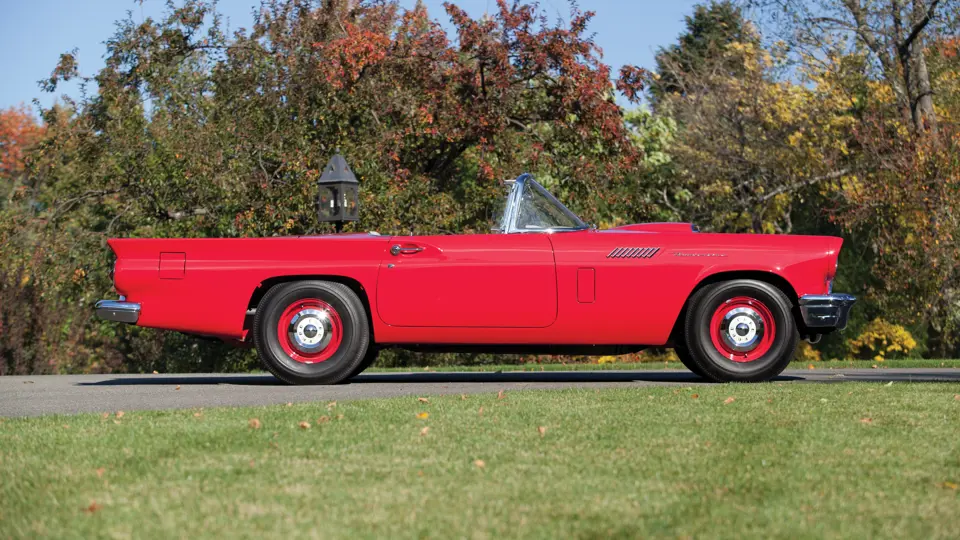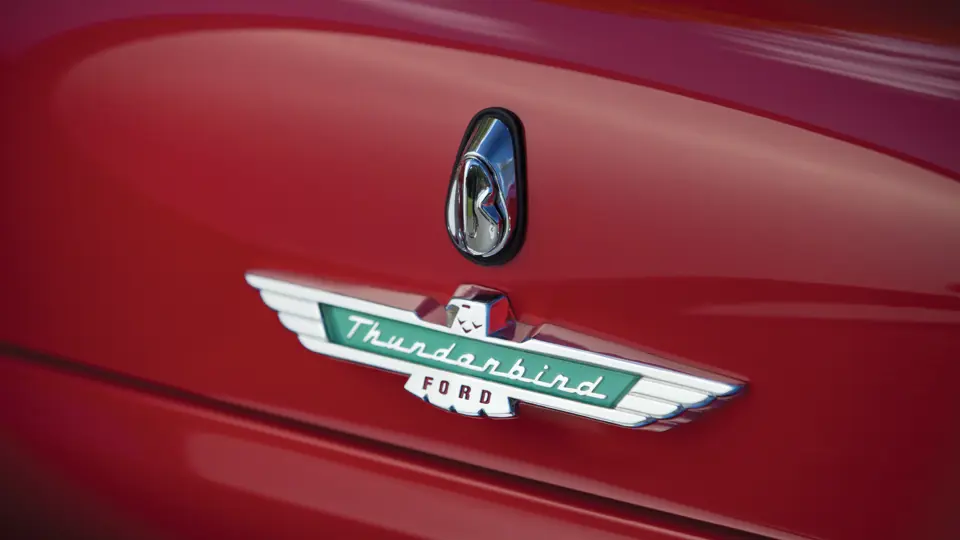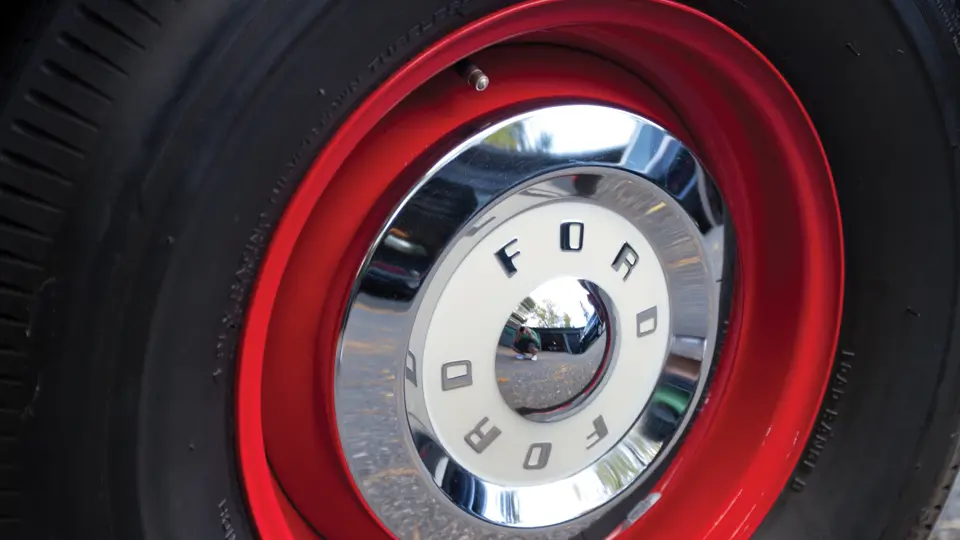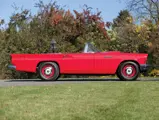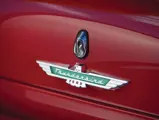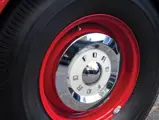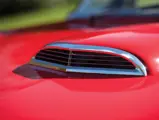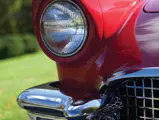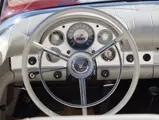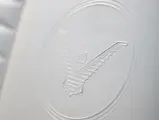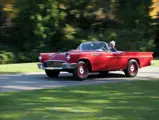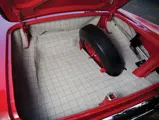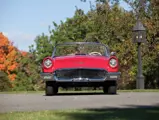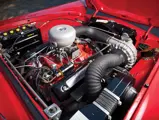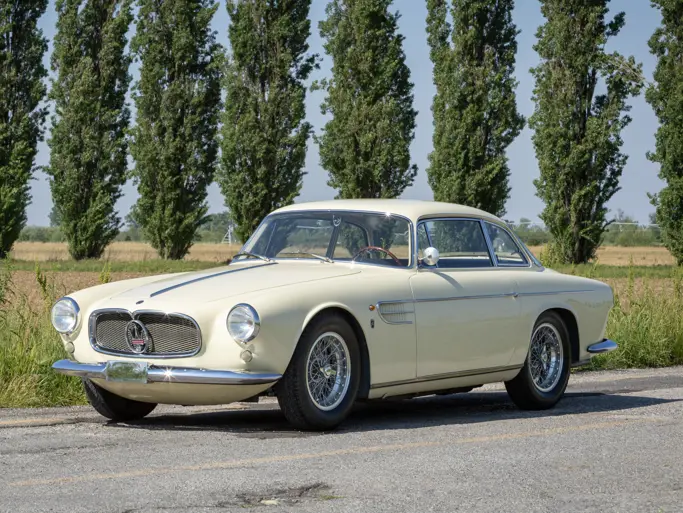300 bhp, 312 cu. in. OHV V-8 engine, three-speed manual transmission, coil-spring independent front suspension, live rear axle with semi-elliptic leaf springs, and four-wheel hydraulic drum brakes. Wheelbase: 102 in.
Over its remarkable 43-year career, and brief 21st century revival, Ford’s Thunderbird has appeared with two and four seats, soft top and coupe bodies, and eight-, six-, and four-cylinder engines, with the latter being accompanied by a turbo. No doubt the most sought-after, though, is from the early two-seat period, the renowned 1957 F-Code.
Ford began coding engines into the vehicle ID number back in 1950. The engine designation, always a single letter, often changed from year to year, and enthusiasts were quick to memorize them, as therein lay the key to their cars’ DNA. For 1957, of the many engine options available, Thunderbird got four, a C-Code 292, a 245-brake horsepower single four-barrel D-Code 312, an E-Code dual-quad option that developed 270 brake horsepower (or 285 with racing equipment), and, at the top of the list, the coveted supercharged F-Code.
No doubt the “F-Bird,” as it became known, was intended to challenge Chevrolet’s new-for-1957 fuel injection, but the objective was actually much more ambitious: domination of the nation’s race tracks. In 1956, several T-Birds were modified with superchargers by Pete DePaolo in California, under factory sponsorship. Early in 1957, some 14 cars were built up for NASCAR homologation, using Paxton-McCullough VR-57 blowers. Beefed-up cylinder heads were added, and the combustion chambers, along with the dual-point distributor, were modified for a lower ratio. Many cars had a hotter cam, and to feed the engine properly, a high-pressure fuel pump was employed. The F-Code option was actually available in any series of 1957 passenger cars, but the Thunderbirds, said to number some 208–211 cars, are the most revered.
Factory documents show this rare F-Code Thunderbird was originally consigned to the H.J. Minar dealership in Minneapolis, Minnesota. It was invoiced on August 7, 1957, and was equipped with Positive Action wipers, the supercharged engine, heater, and defroster, and 7.50x14 white sidewall tires. No other options were specified, not even a radio.
In 1989, it was purchased by renowned early Thunderbird historian and restorer Amos Minter from R.C. Dysthe. Minter drove it as his personal car for 17 years, prior to selling it to the current owner. At that point, it had covered barely 47,000 miles. A meticulous nut-and-bolt restoration in Minter’s Texas shops followed, and it was completed in 2008. Minter considered it “definitely one of the most significant restorations” in the four decades he had been in business.
It is finished in the original Flame Red color, with a white vinyl interior. A black convertible top replaces the original white vinyl item, and blackwall tires give it a powerful, serious look. Aside from those changes from original, it is as delivered from the factory and is one of sixteen supercharged Thunderbirds in that color. It has been carefully maintained and sparingly driven, showing only 15 miles from restoration, and it has never been shown. It stands ready to reward its new owner with the pleasure of its debutant season.
With some extra tweaking, an F-Code Thunderbird outran the Corvettes at the 1957 Daytona Speed Week Trials, making a two-way 138.75 mph flying mile. The same car was later timed at 160 mph at Bonneville. But the horsepower race was waning. In June, the Automobile Manufacturers’ Association chose to forbid direct factory participation in racing. As a result, the Thunderbird planned for 1958 was aimed strictly at the personal luxury market and that would be its forte for the rest of the model’s run. The F-Code 1957 “Birds,” of which this car is an outstanding example, remain as icons of their era.





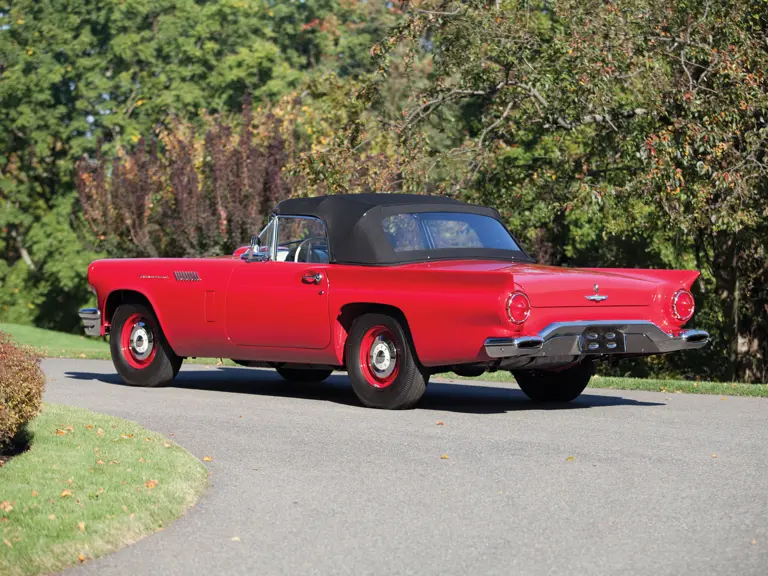
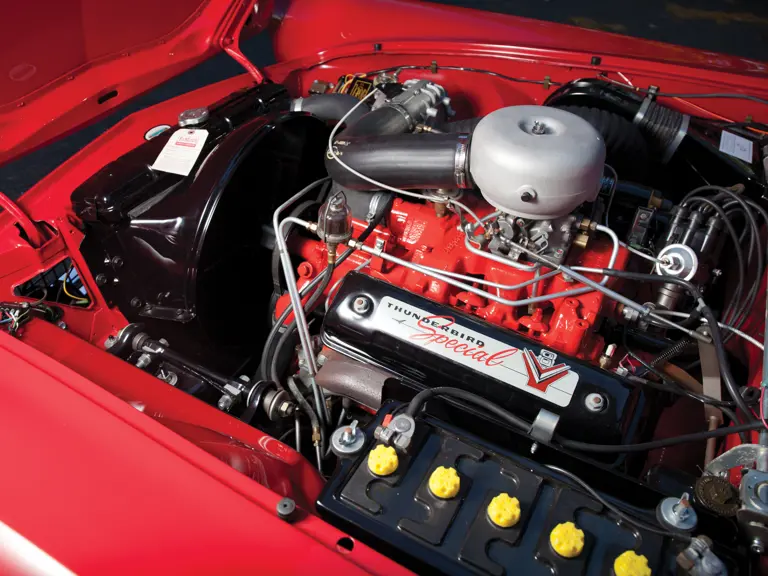

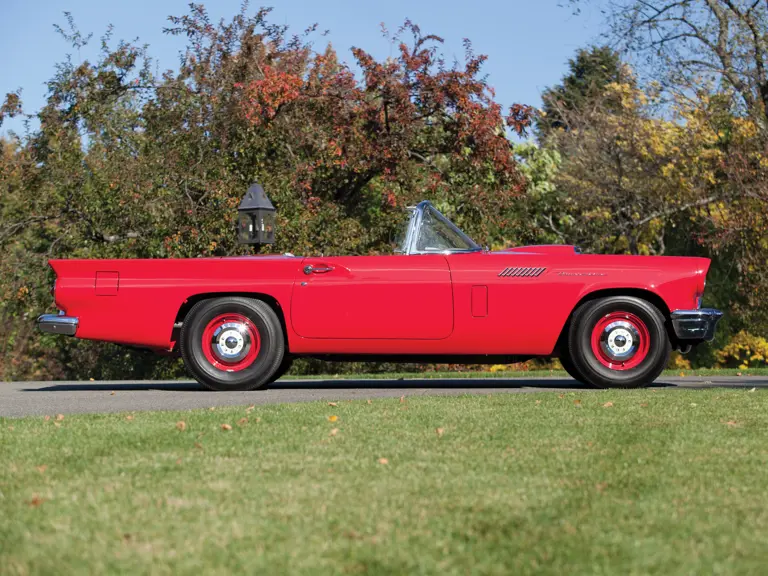
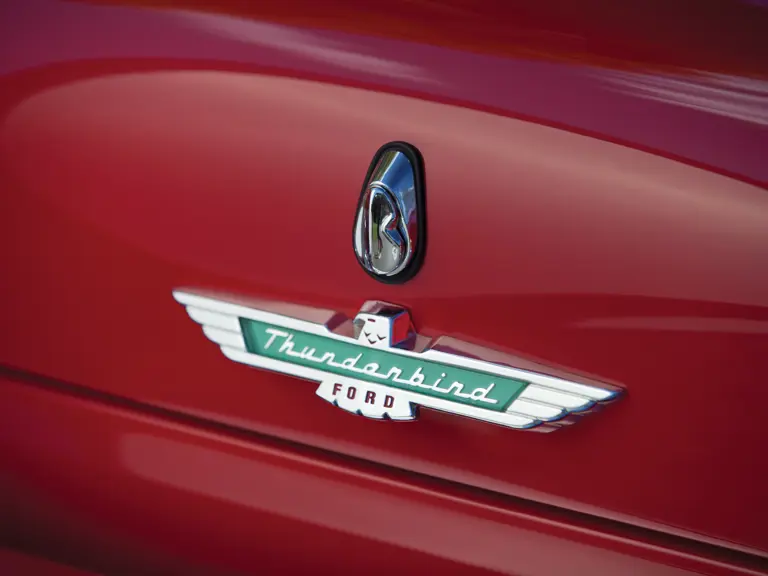
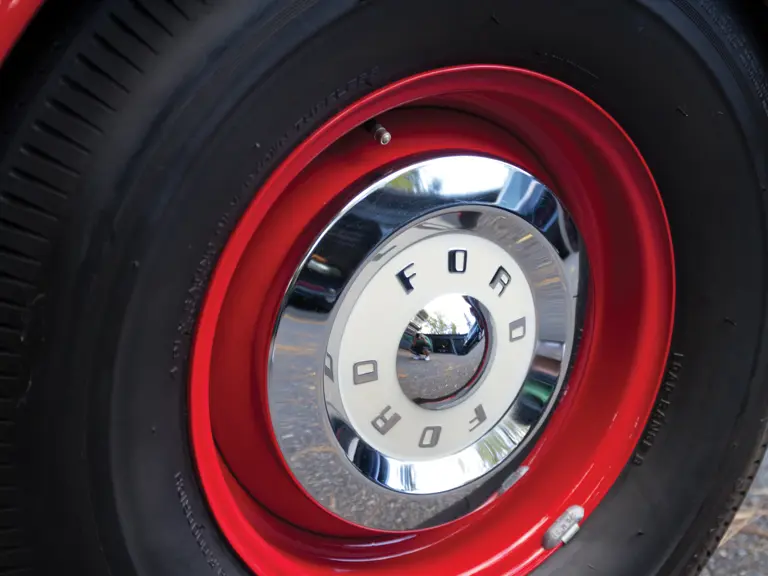
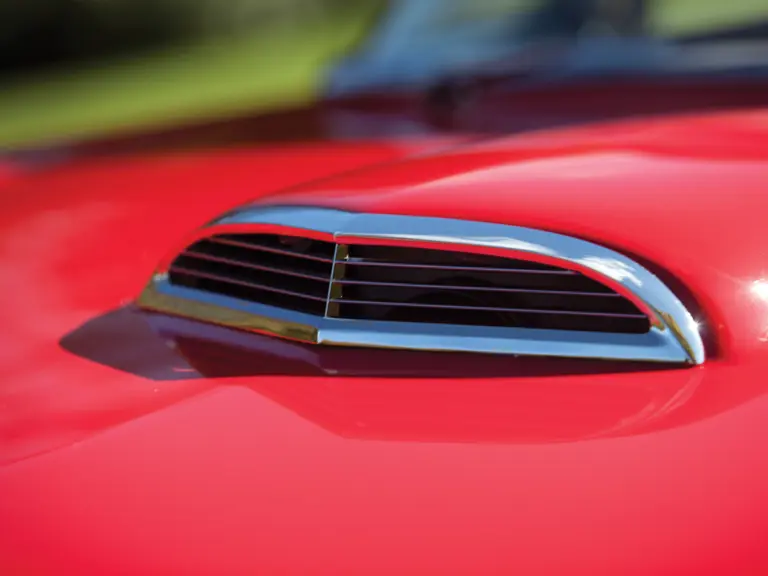
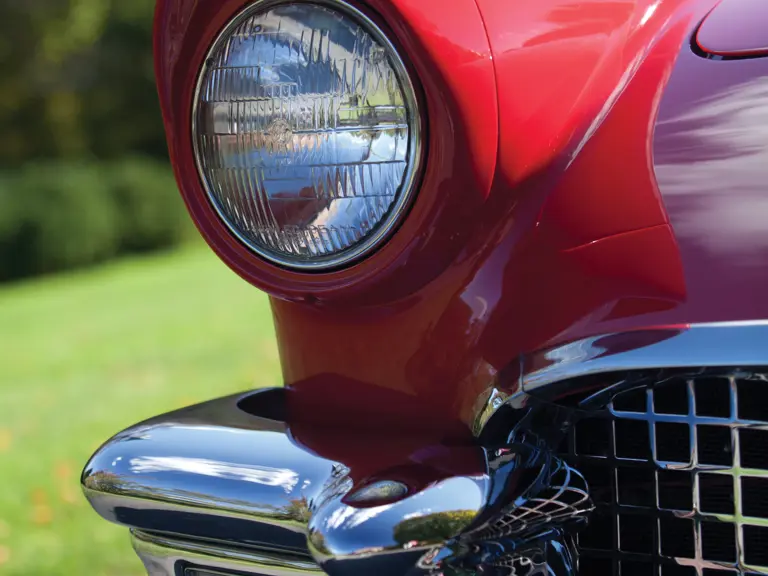
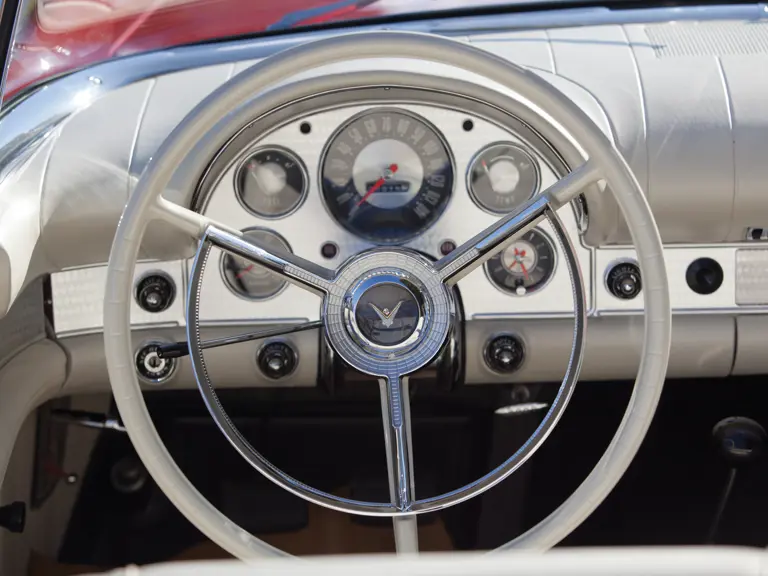
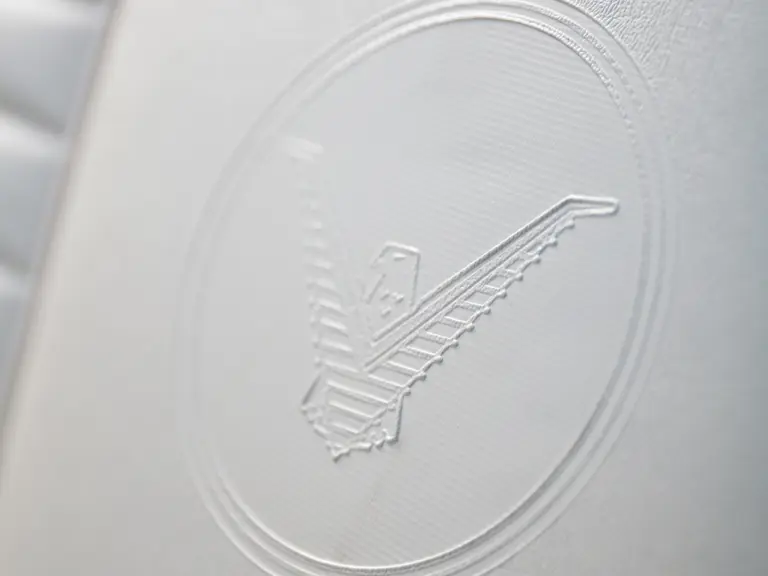
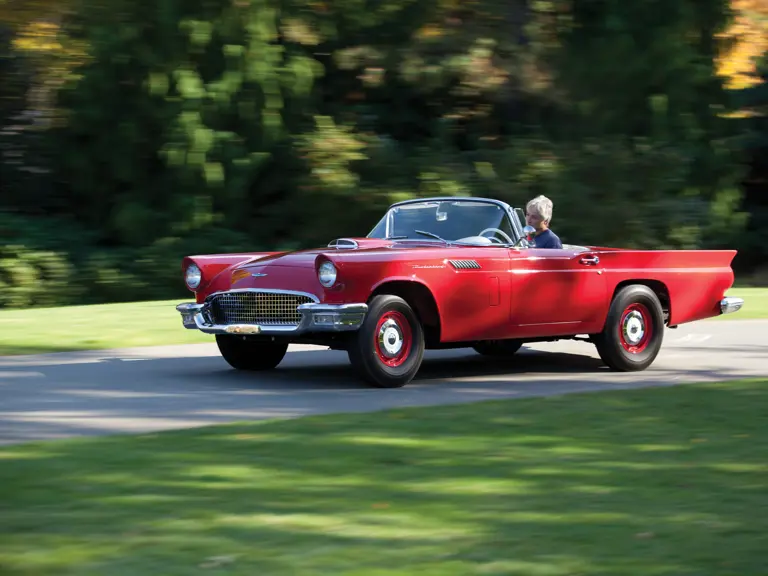
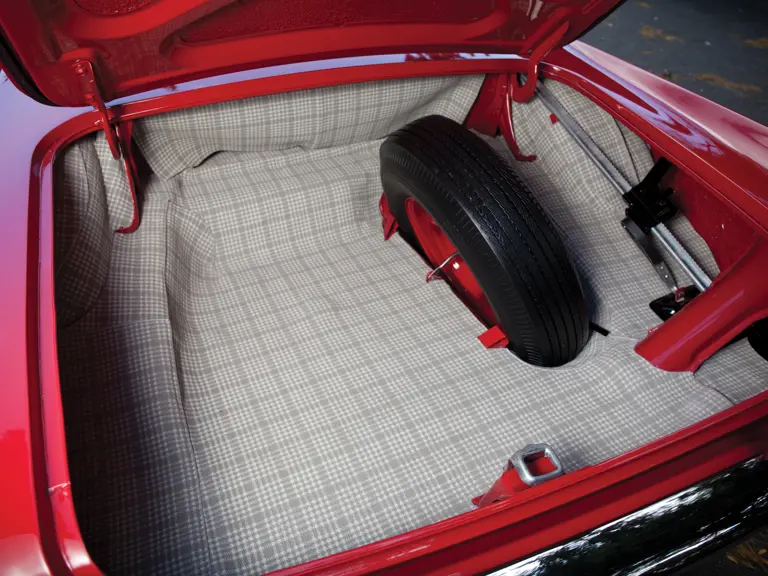
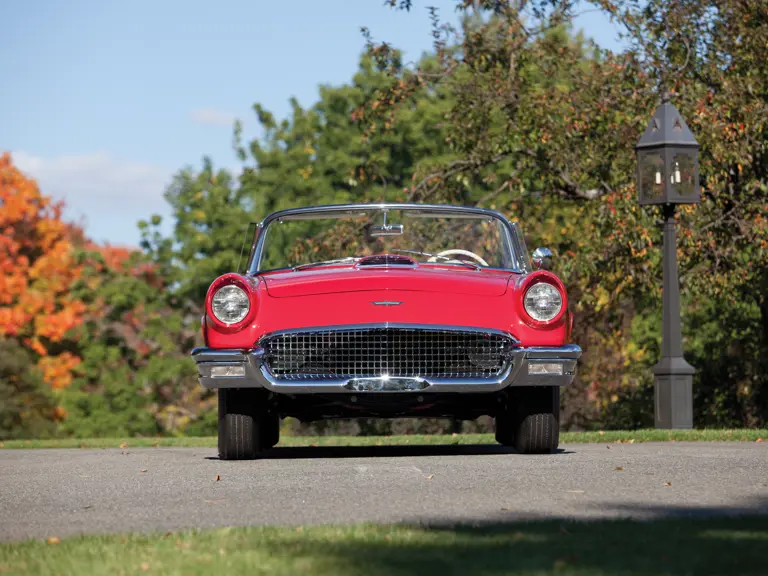
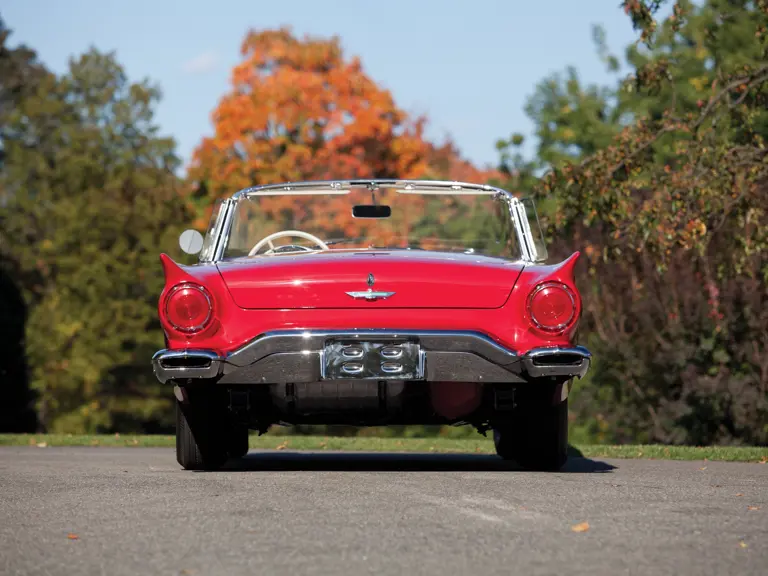

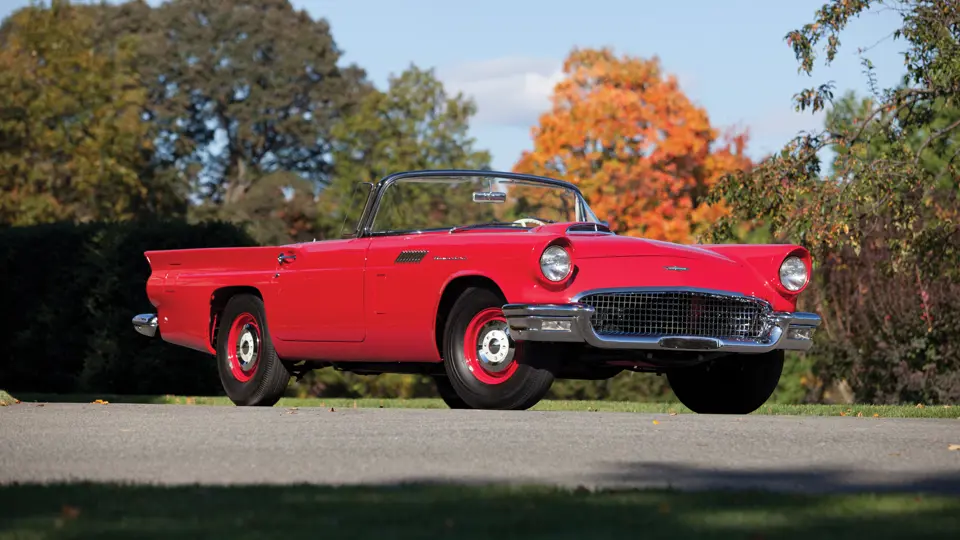
 | Phoenix, Arizona
| Phoenix, Arizona
